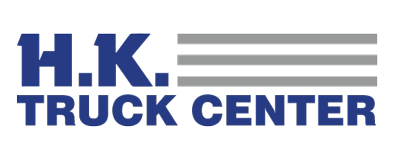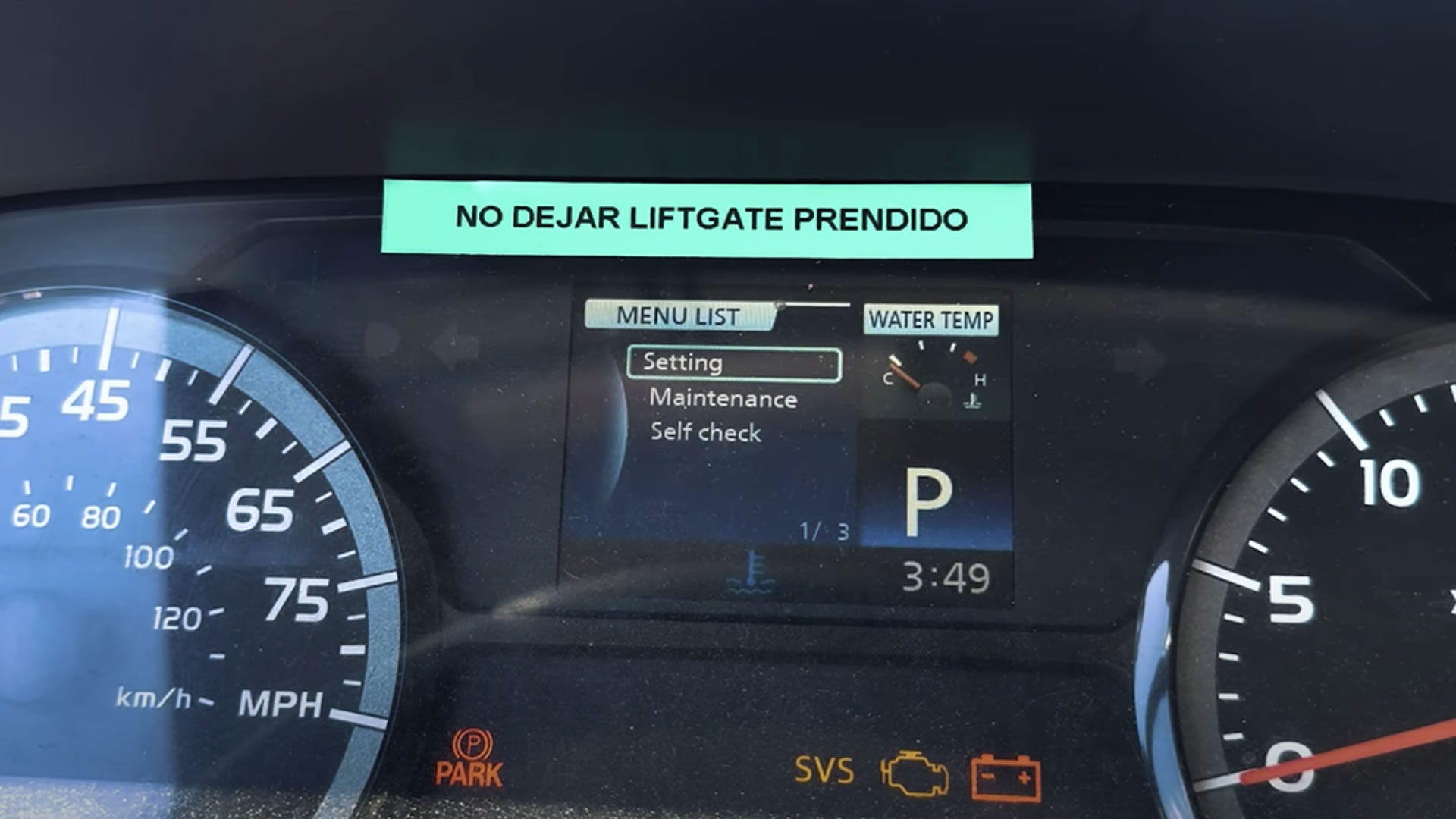
Technology, ELD, and Safety for Your Fleet
Technology is constantly changing how we run our businesses and owning a truck fleet is no exception. These new technologies make driving trucks safer and more efficient. The question then becomes, what technologies are worth installing and investing in that will not immediately become obsolete and have an immediate impact on your business? Ignoring the whispers of the far-off prospect that is autonomous vehicles, there are modern necessities that will help grow your business today.
When smartphones were made widely available, consumers could suddenly access a high-end computer and GPS that fit in their pocket. With mobile development, the popular phrase “there’s an app for that” changed the digital landscape of every business, and the modern trucking industry is no exception.
GPS applications at a minimum will show where heavy traffic is, allowing drivers to plan routes that are more time and fuel effective. Applications that are specifically made for truck drivers include trucking routes, keeping in mind height requirements, weight requirements, and block out roads that are not meant for large vehicles. Additionally, these truck driving applications will point out weigh stations and fuel stations for the driver’s convenience. Many newer models of truck brands such as Hino are already connected to fleet management software and may even include a free license to their program for a limited time. Trucker Path Pro and Truck Parking USA are two applications that assist drivers in route planning, finding parking spaces, weigh stations, fuel prices and other useful information. Of course, there are more robust GPS tracking software provided by companies such as Track Your Truck, US Fleet Tracking and Verizon Connect. Regardless of which software your company chooses, it is essential that drivers use at least one.
Trucking companies have always asked their drivers to complete logbooks of their trips. Recording employees’ drive time keeps your workers honest and allows you to constantly manage route data. Since December of 2017, keeping ELD compliant log books of your trucks has been mandatory and has been enforced since April 2018. With new applications, drivers no longer have to record or calculate times or mileage in their notebooks, but rather clock in and out on their mobile device. Keep Truckin’, Big Road, and Simple Truck ELD are three examples of basic electronic logging applications specifically designed for truck drivers.
Another common technology that many drivers are utilizing on the road are installed cameras on their dashboard. These “dash cams” keep everyone accountable in case of an accident. Many times, trucks are blamed for accidents because of their size. In reality, due to their size and weight many accidents were caused from the inability to stop or avoid collision despite how well the driver is trained or is paying attention. Utilizing dash cams, companies are able to defend themselves in court with hard evidence that their driver and their company is not at fault in messy legal situations. Of course, why stop at just a camera on the front of the vehicle, when you can also have a camera installed on the back of the vehicle? Backup cams might not be useful for more experienced drivers, but they are very useful for drivers with less experience. It greatly reduces the chance of damaging the truck or it’s goods while backing up and keeps pedestrians safe at the same time. Back up cameras can also potentially reduce insurance claims and premiums.
Technology has transformed the driving experience. Subscriptions to XM radio or subscriptions to internet radio (such as Pandora or Spotify) are endless music playlists that can keep drivers company on the road. For people who enjoy books over songs, there are apps such as Audible which let drivers listen to books on tape as they drive. All these applications are nice, but the last thing a company wants is to have their drivers on their cell phones. For this, Bluetooth headphones can keep the driver’s cell phones down, their eyes on the road, and their hands on the wheel.
Safety is always a concern when operating large vehicles at high speeds on busy roadways. Fatalities occur due to the size of trucks in comparison to other vehicles on the road and for the simple fact that these vehicles spend much more time driving in comparison to other vehicles. In addition to the tragedy of lives lost and injuries to employees and other drivers, crashes mean damages to trucks, failure to deliver the load, and loss of time and shipments. Nobody wants accidents to happen on the road and for that reason, technologies are being introduced to avoid that. Crash mitigation systems such as Bendix Wingman, OnGuardACTIVE and Mobileye constantly scan the environment around the vehicle, identifying everything from cars to lane markings. These scans measure the distance to objects and the speed at which they are moving in comparison to the truck. The system then relays information visually or audibly to the driver and (depending on the system) to the truck’s braking system. Crash mitigation systems can create stability, decreasing the chances of rollovers or loss of control accidents, avoid accidents caused by sudden stops of other vehicles and pays attention even when the driver isn’t.
Truck Manufacturers have already realized how important technology is important for drivers and their companies. That’s why most modern truck brands boast about technologies pre-installed in their new vehicles. Insight Telematics (powered by the previously mentioned Verizon Connect) comes standard for one year in every new Hino truck. New Fuso trucks offer an option to have hands free Bluetooth and/or a (previously mentioned) Mobileye collision avoidance system installed in any new vehicle.




